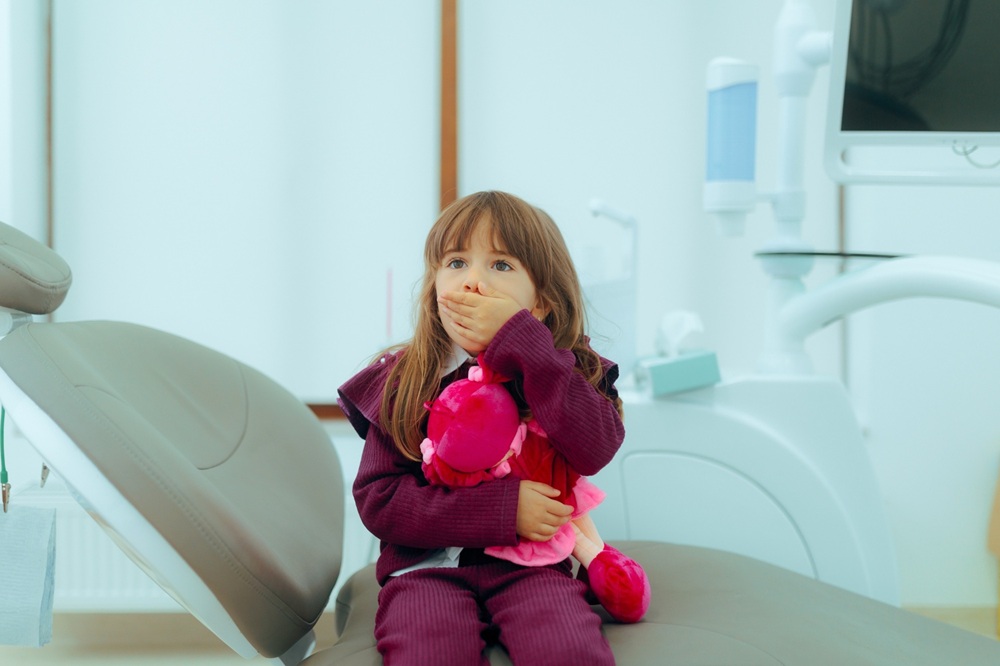When your child needs dental work, it’s normal to feel uncertain about sedation or anaesthesia. The thought of your child being unconscious or semi-conscious can be stressful, especially if they’re young or have had previous bad experiences in the chair. But sometimes, dentist-administered anaesthesia is the only way to carry out certain treatments safely and effectively.
Dentists may recommend anaesthesia when a child’s cooperation is limited or the procedure is too complex to perform with only local numbing. This could apply to treatments like oral surgeries, cavity fillings on back teeth, or root canal work involving the pulp chamber. It may also be necessary for children with health conditions or sensory issues that make sitting still difficult.
Parents are often surprised that even relatively straightforward dental procedures may call for a higher level of sedation when cooperation is unlikely.
Types of Sedation and How They Work
Anaesthesia in dentistry exists along a scale, from minimal sedation (where the child is awake but relaxed) to deep sedation or general anaesthesia (where the child is fully unconscious). Each type suits a different situation, depending on the child’s age, medical condition, and the level of sedation required.
Nitrous oxide, commonly called laughing gas, is a mild sedative that works fast and wears off quickly. It’s often used for routine dental treatment in children with mild anxiety.
Oral sedation is given as a syrup or pill and may cause drowsiness or light sleep. It tends to be more suitable for kids who have difficulty staying calm during moderate procedures.
Intravenous sedation is administered via a blood vessel and delivers a deeper level of sedation. It’s generally reserved for more complex procedures where movement must be controlled, such as work on mandibular teeth or placement of dental implants.
General anaesthesia puts the child into a controlled state of unconsciousness. It’s typically used for extensive treatment needs, such as multiple extractions, surgical correction of oral health issues, or addressing early childhood caries involving several primary teeth.
For children with high anxiety or behavioural challenges, dentist anaesthesia for anxious patients can offer a more stable and manageable approach to treatment.
Safety Measures Before, During, and After Sedation
Anaesthesia is safe when handled by qualified professionals using the right equipment. Dentists work alongside anaesthetists to monitor heart rate, blood pressure, and oxygen levels throughout the procedure. If your child has any existing health conditions, such as asthma, sleep apnoea, or acid reflux, these are reviewed thoroughly beforehand.
The anaesthetic used will depend on the child’s weight, age, and current medications. Adjustments are made to avoid complications like adverse reactions, nerve damage, or blood pressure drops.
After the procedure, the child is monitored in recovery to check for any signs of allergic reactions, confusion, or slow return of reflexes. The effects of sedation can linger for a few hours, so your child might feel tired, dizzy, or nauseous. Clear instructions are provided for care at home, including when to eat, which pain medications to give, and how to clean their mouth without disturbing healing areas.
Risks, Side Effects, and How to Minimise Them
No medical treatment is completely risk-free. With anaesthesia, the main concerns are related to breathing, allergic responses, and how the body metabolises the active ingredient in the sedative or anaesthetic.
A child might experience an allergic reaction to a component in the anaesthesia, though this is rare. There’s also a slight chance of bleeding complications if the dental work involves the alveolar bone or cortical plate, especially in oral surgeries.
The dentist will go through your child’s medical history in detail to avoid known triggers and to adjust dosage accordingly. Counter drugs may also be prepared in advance to reverse side effects, especially for intravenous sedation or deep sedation where the response needs to be closely managed.
It helps if you prepare your child with good oral hygiene practices leading up to the procedure, and avoid giving them any food or drink for the recommended period before the appointment. These steps reduce the risk of complications like vomiting under sedation or unexpected interactions with stomach contents.

Examples of When Anaesthesia May Be the Best Option
If your child needs cavity fillings in multiple teeth and refuses to cooperate even after several attempts, putting them under general anaesthesia for one visit may be safer than traumatising them across multiple appointments.
Children with behavioural conditions may also benefit from this approach. A child with autism who struggles with sensory input might be unable to tolerate the sound or vibration of drills. In such cases, a single, controlled procedure under sedation avoids unnecessary stress and improves success rates of the treatment.
Another example is a child who requires removal of retained primary teeth to allow proper eruption of permanent teeth. If their anxiety prevents local treatment, deeper sedation may be recommended to get the job done efficiently.
For families seeking a caring approach to these types of procedures, consulting with a pediatric dentist in Brandon, FL can provide specialized options for sedation and anxiety management, ensuring a smoother experience for both the child and the parent. Whether you’re a local or visiting Florida, finding a skilled pediatric dentist ensures that your child’s dental needs are met with comfort and care.
Final Considerations for Parents
Deciding on anaesthesia for your child isn’t easy. You’ll have to consider the risks, benefits, and whether it’s the only realistic option for proper care. Speak to your dentist about the level of sedation required, what will be used, and how your child will be monitored throughout.
Ask about alternative techniques that may be available. Sometimes, a child who fears needles may do better with oral sedation than IV. In other cases, mild sedation combined with behaviour management techniques could be enough for smaller procedures.
Keep in mind that poorly managed dental anxiety in early childhood can have lasting effects. Children who associate dental care with fear may avoid it as adults, leading to oral health issues like bad breath, weak enamel, and neglected decay.
If anaesthesia is necessary, it’s because your child’s dentist believes it gives the best chance for safe and effective care. Like any medical decision, it’s about balancing short-term discomfort with long-term health outcomes.

